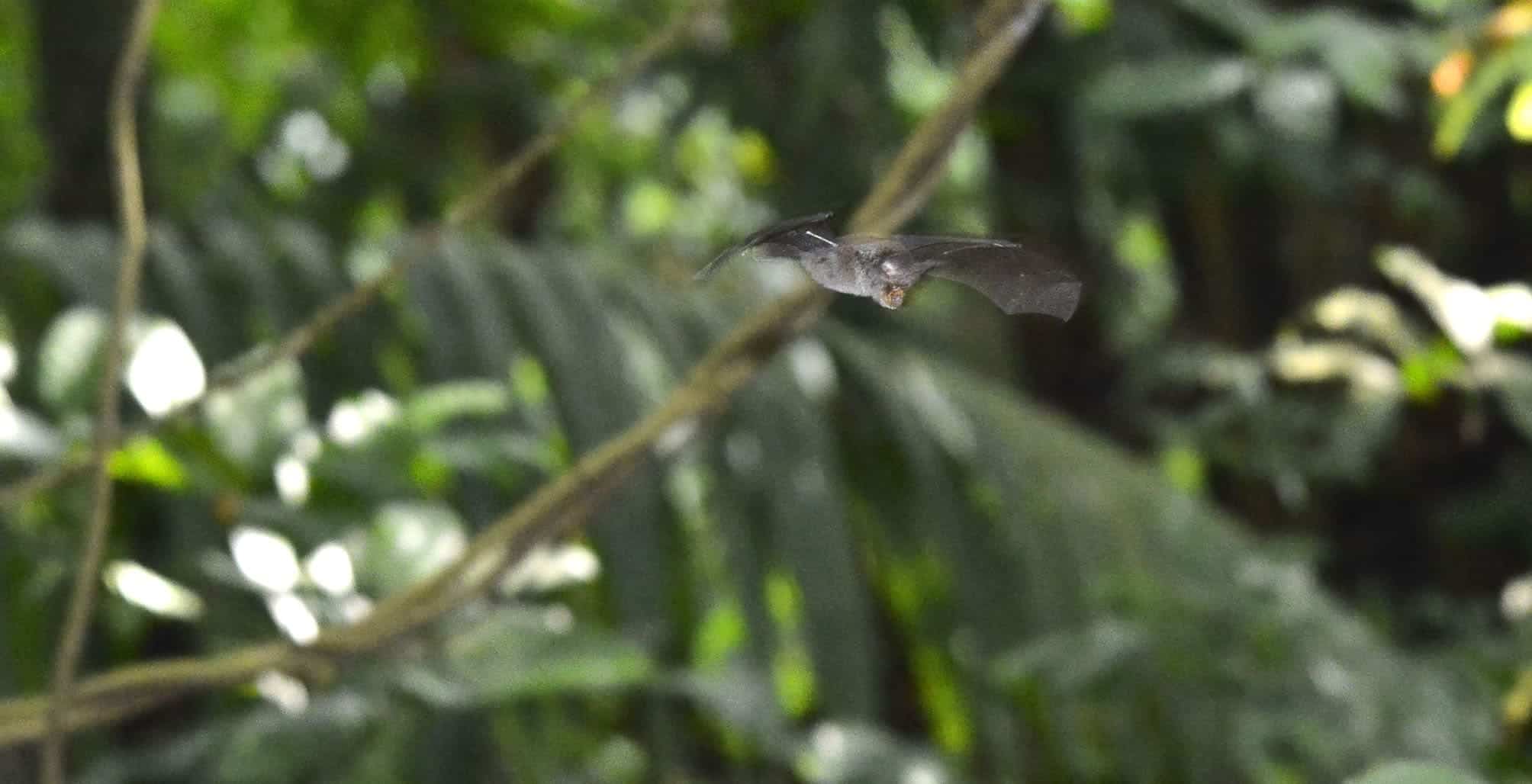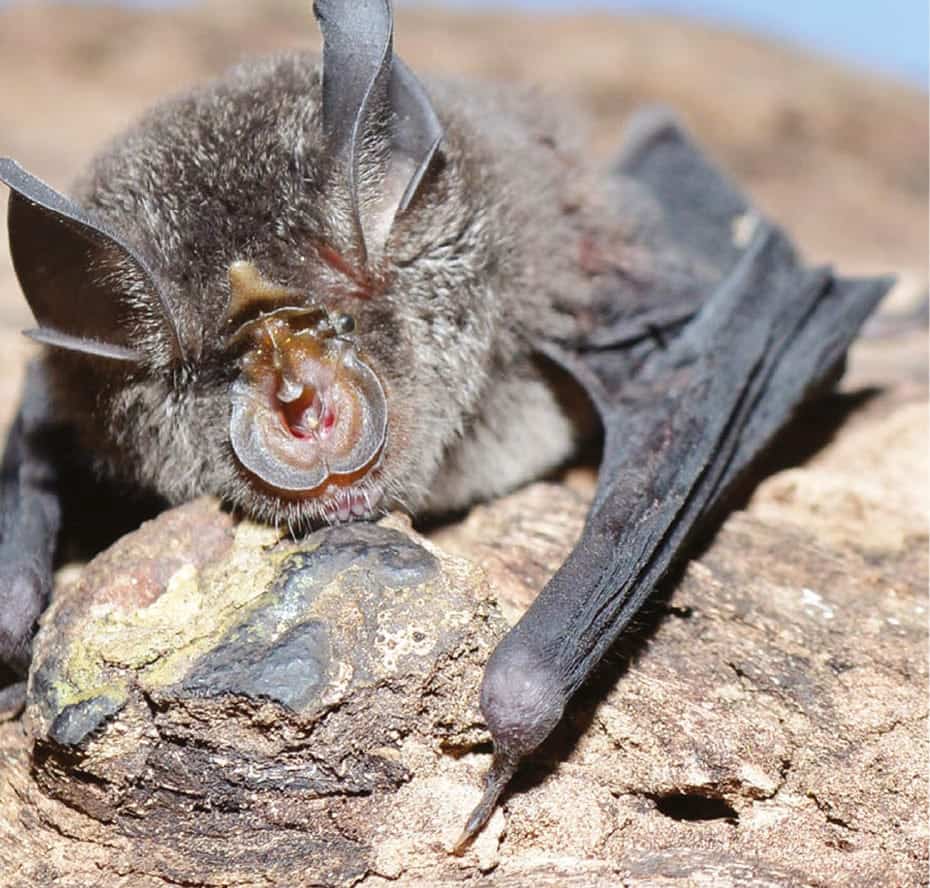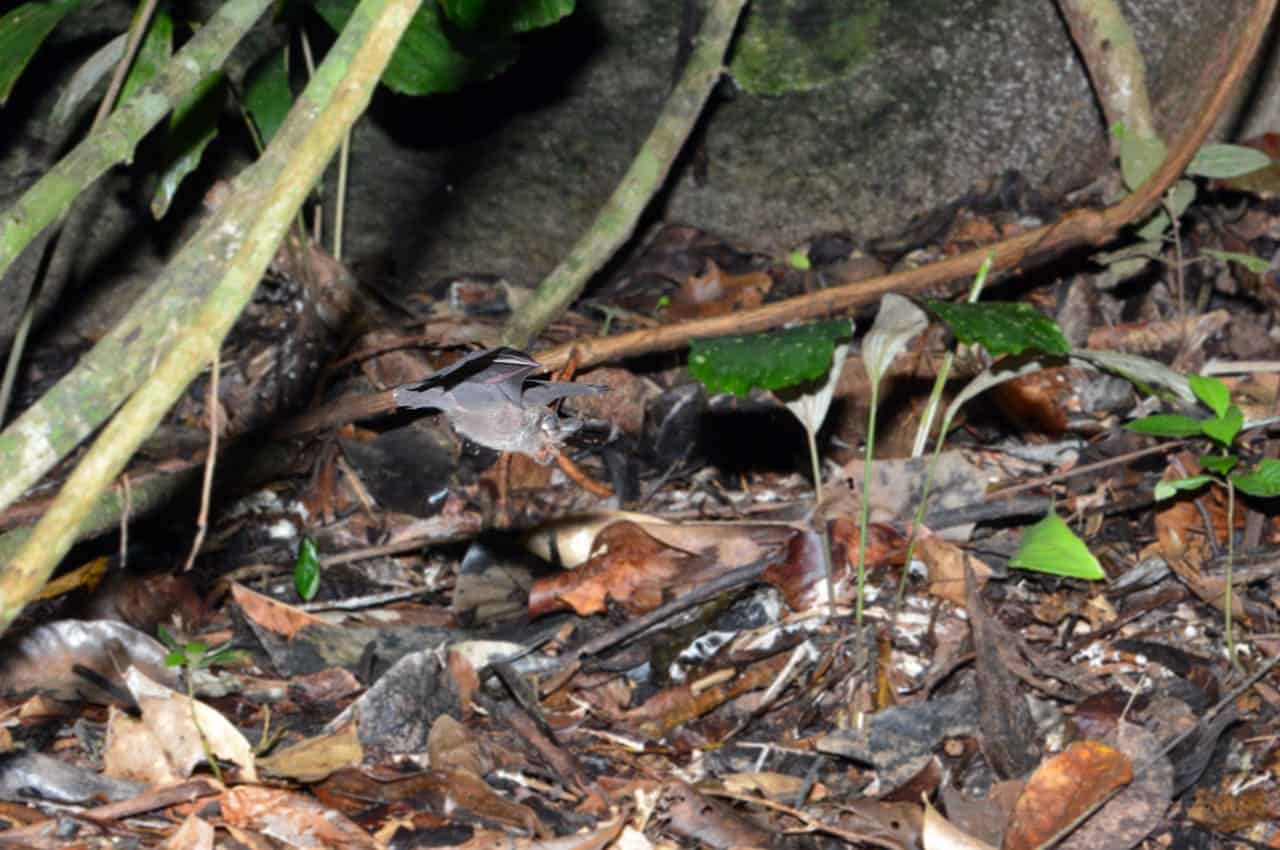Day-hunting bats due to lack of predators discovered on isolated island
Unlike most bats that are active at night, the tiny Blyth’s horseshoe bat flies and hunts in the forest during the day and night on the isolated Tioman Island of Malaysia. Researchers think this is because there are no resident forest birds that eat bats there.
By Marcus A. H. Chua
Insect-eating bats are rarely seen flying and feeding during the day presumably because of the strong competition and threat of being hunted by birds. Nonetheless, rare reports of day-active bats have been recorded during times with extended or continuous daylight during summer, at a sheltered forests site with high insect food supply, and on isolated islands with few bird predators.
First known day-hunting bat
The Blyth’s horseshoe bat (Rhinolophus lepidus) on Tioman Island, Malaysia—an isolated forested island in the South China Sea, is the first known bat in Asia to be recorded flying and hunting during the day.

Researchers observed this behaviour since 2014 while studying flying foxes and other wildlife on the island. It was only in 2017 when they analyzed the high-pitched calls the bats make to find their way around and to hunt, that they were able to identify the species, and discover what the bats were doing during the day. Their findings can be read in their research paper which was recently published in the journal Mammalia.

Buzzing sounds gave the bats away
During the day from 9 am to 7pm, bats were seen flying alone and in pairs, and were recorded calling at a frequency that allowed them to be identified as the Blyth’s horseshoe bat. The bats were recorded making “feeding buzzes”, which is a rapid series of sounds made just before they attack a flying insect. It was then that the researchers knew the bats were hunting during the day. The bats also fly and hunt at night.

The absence of daytime bat predators such as sparrowhawks living in the island’s forest may account for the strange day activity of the Blyth’s horseshoe bat there. The authors propose more studies to be done testing the behaviour of the bats during the northern winter bird migration period when a possible predator may be present on the island.
You are currently viewing a placeholder content from YouTube. To access the actual content, click the button below. Please note that doing so will share data with third-party providers.
The discovery of atypical behaviours of species in different biological contexts may allow scientists to predict changes in the natural world owing to human impacts and climate change.
Read the original article here